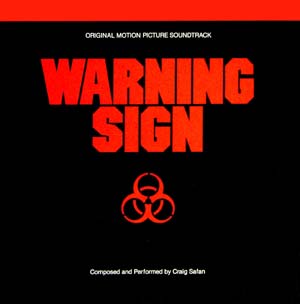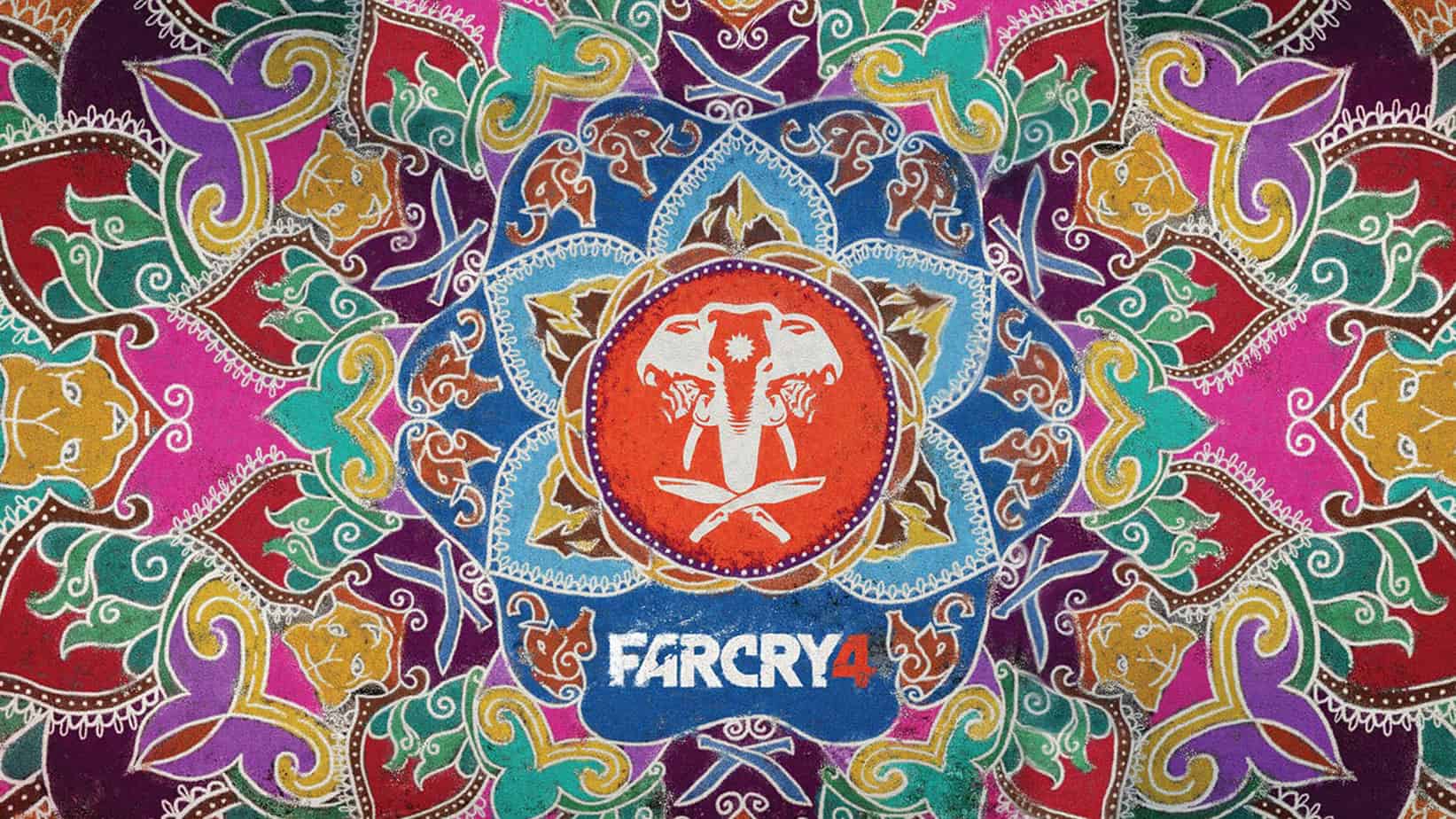
Album Review: CRAIG SAFAN – WARNING SIGN OST
[youtube id=”iUCJYHM3C9E” width=”600″ height=”350″]
That has got to be one of the most misleading trailers I’ve ever seen. Well, not for the film, necessarily. I’ve never seen Warning Sign. But I’ve listened the heck out of the soundtrack and it doesn’t sound ANYTHING like the music present in that preview. But I’m getting ahead of myself. Let’s talk record labels.
There’s been a perfect storm brewing in the UK for a while now and this year sees it exploding across the realm of cult horror. About five years back, as the digital availability (legally or not) of cult horror films (as well as demands for quality blu-rays) triggered an explosion of interest in those movies, niche film distributors started quietly acquiring & releasing more of those flicks; Arrow Video in particular has brought Criterion-level quality to re-releases of otherwise neglected movies like A Bay of Blood and Battle Royale, while here in the US, Drafthouse Films has brought grindhouse titles like MS 45 and THE VISITOR back to life. This coincided with the large but still growing demand for vinyl records and when the two met, a particular breed of record labels emerged, bearing remastered and expanded releases of the music that accompanied these revitalized cult and grindhouse titles. Death Waltz Recording Company led the way, accompanied by One Way Static Records and now a label named Invada UK has stepped into the ring with several soundtracks, including the influential Drive OST by Cliff Martinez. Their latest is the music from the above film, composed and performed almost entirely by Craig Safan, who is also responsible for the scores from The Last Starfighter and A Nightmare on Elm Street 4: The Dream Master.
Weirdly, it makes sense that Safan had worked on those two films, considering his score for Warning Sign. As with most of the music of B-movie sci-fi horror of the Eighties, much of Warning Sign is synthesized, though Safan relies even more so than most on synths. But what stands out immediately about this score is how it ambiguously it evokes both pulsating terror and cinematic awe, sometimes leaning more one way than the other. When Safan aims for that ambiguity, such as on the title/opening track ‘Main Title,’ the creepiness is understated yet subtly present, though he does let the menace rear its head at the track’s climax. Rarely is any one track entirely terrorizing or relaxed, which leads to a dynamic if inconsistent listen. But songs like ‘Joanie Thoughts’ opens with an absolutely bone-chilling synth chorus that briefly swells then deflates, building tension rapidly before letting it escape by defusing it with wide, gentle notes. But the next track, ‘First Massacre,’ debuts some of the most delightfully eerie electronic sounds on the album; tinny, distant, distorted noises are initially punctuated by thumping, warped piano chords leading into bigger synths, all accompanied by a throbbing bass tone that dissipates halfway through the song as it lightens up with quiet, gentle harmonies. But yet again, Safan turns a corner and brings back a low, powerful bass hum just long enough to trick the listener into investing their attention. By then, everything has quieted down until Safan barrels into a pummeling cadence of warped, distorted percussion with no obvious rhythm. This piece is one of the longest and is a great example of what an absolutely incredible range of emotion Craig Safan wrings out of his synths. The shorter tracks, or cues, don’t disappoint either, usually expanding some of the moments from ‘First Massacre’ and mutating them, such as the percussion heavy ‘Joanie Fights For Schmidt’ (the new percussion sounds that Safan introduces here are incredible) yet at first it elaborates on the distorted chime riffs that crept around the layers of ‘First Massacre.’
Nearly every cue introduces a new dynamic in this way, like sizzling beds of distorted pads or looping, androgynous android voices. The climactic ‘The Final Battle’ does overdo the percussion a bit at the beginning and it becomes obvious that Safan is trying to squeeze too much from the limited resources he has but fortunately, the rest of the song refocuses on strafing cymbal patterns and hypnotic, panning toms bolstering the usual platform of unearthly synths.
The remastered edition of Warning Sign includes nearly a half hour of extra cues, kicking off with some more substantial and intriguing pieces like the minimalist yet ecstatic ‘Fairchild Comes’ and includes the contemplative, moody ‘Transition’ near the end but mostly consists of bite-sized riffs on ideas explored in the first half, though often they’re amplified. As a vinyl format, this works out quite well, as side A consists of the album proper and is absolutely something worth hearing on vinyl while the second half is a nice extension that, while not as coherent, stretches out the listen into a full length. Given how atmospheric it is, once you get in the mood for the distinctive aesthetic of this score, you’ll want to keep it going. As a digital release, I can’t really condone buying the second half unless there’s a discount on those songs, given their length and function as mere cues. Still, this is a soundtrack I’m genuinely grateful that Invada is putting out because it’s heady, thrilling stuff that sounds good both on headphones, on a turntable and driving. I don’t know what the end price is going to be for the release but when it hits Amazon MP3 (or iTunes) in November, there’s at least twelve tracks here worth your money. Have a taste below:

